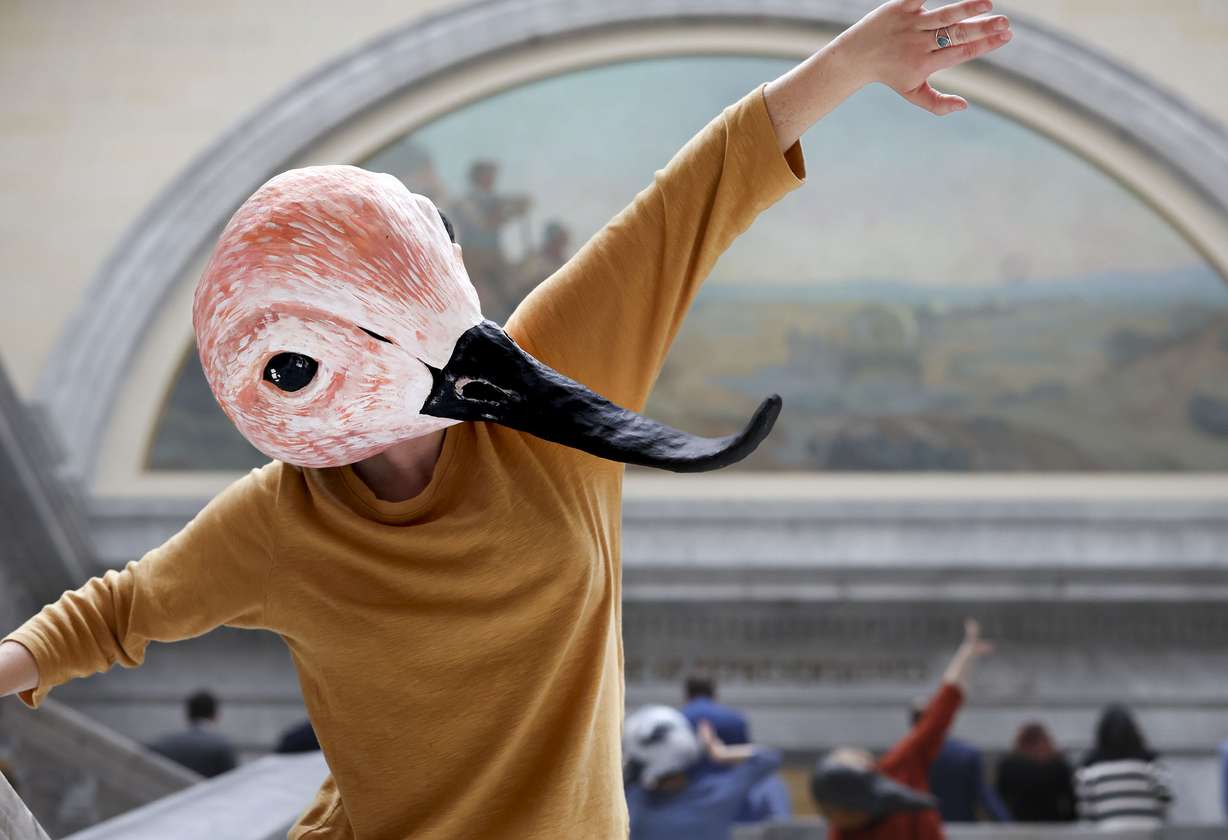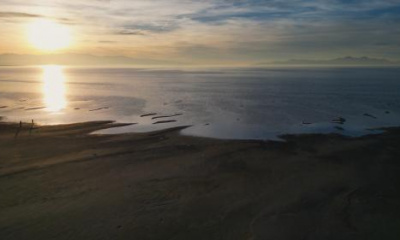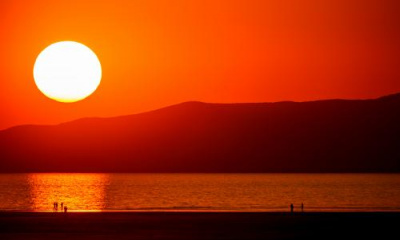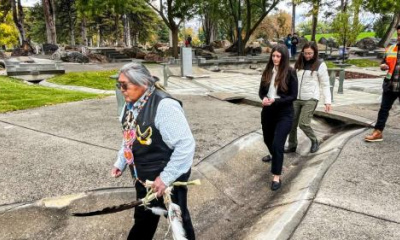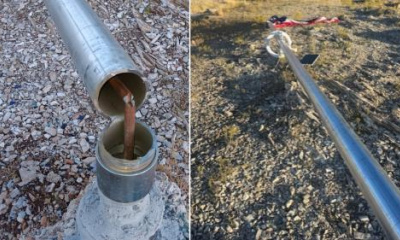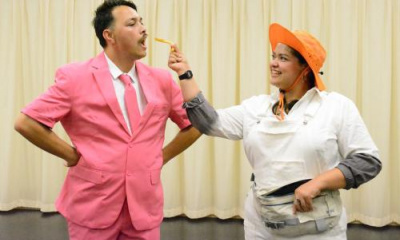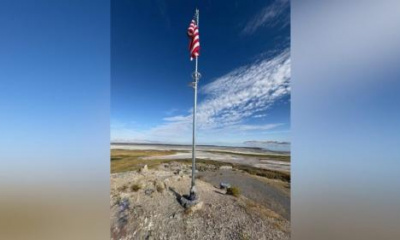SALT LAKE CITY — Artist submissions are now open for a massive temporary public art project that seeks to bring attention to the recent issues of the Great Salt Lake, as project coordinators offer more insight into what it will all look like after Salt Lake City received a grant last year.
Salt Lake City Arts Council officials announced Thursday that they are searching for artists for the project, called "Wake the Great Salt Lake," which will feature various forms of art scattered across the city beginning as early as this summer.
The different ideas may highlight aspects of climate struggles or water conservation and "community resilience." Art installations may also highlight the lake's importance to the state's ecology or economy. Ideas may even focus on human aspects, such as the lake's cultural heritage and social/environmental justice issues, according to the project's website.
The different art pieces will be featured across all seven of the city's council districts, but there's no requirement that art pieces have a physical presence either. Per the website, art pieces can be virtual, sent out by mail or even a performance of some kind.
There are also no requirements for where a physical art piece may go, aside from the fact it must be within Salt Lake City limits. It could go in an art gallery, public space, school, or even the state prison.
Art ideas may include:
- Murals
- Sculptures and installations
- Interactive art exhibits
- Pop-up art galleries
- Performance art
- Temporary installations
- Projection mapping
- Community art projects
- Temporary land art
- Artistic interventions
The ultimate goal of the project is to bring more awareness to the lake. Salt Lake City Mayor Erin Mendenhall said Thursday she believes art is "essential" in those efforts.
"The works produced for 'Wake the Great Salt Lake' will illuminate the crisis, imagine our possible futures and inspire action in ways that data and policy simply cannot," she said in a statement. "I'm excited to see what new works our community's artists, performers, writers and other creatives have to contribute to the conversation."
Submissions will remain open through 11 a.m. on April 18. Individual artists are eligible to receive grants of $5,000 to $10,000. Organizations can receive between $10,000 and $50,000 for winning ideas.
Local, regional and international artists are eligible to participate, given they are either a current resident or have a "strong tie" to Utah, according to the website. They also must be at least 18 years old and have to have legal taxable income in the U.S.
Artist groups/collectives cannot submit applications for individual grants and organizations must have a business license in Utah to qualify. The list of rules can be found online.
A review of the applications will take place after the submission window closes on April 18. That's expected to last into June before written grant notifications are sent out on June 21. All of the projects will be implemented at points between July 1 of this year and Sept. 30, 2025.
Funding comes from Bloomberg Philanthropies, which awarded the city $1 million for the project through its Public Art Challenge series back in October. The program offers money to cities for temporary public art that highlights various community issues. Atlanta, Baltimore, Honolulu, Houston, Orlando, Philadelphia and Phoenix also received grants last year for different art projects.
Salt Lake City's project was selected a year after the Great Salt Lake reached its lowest level in the more than 170 years that its levels have been tracked. Experts say a mixture of upstream diversions of its tributaries and ongoing drought are the biggest factors for its decline, especially in the past 25 years.
It prompted all sorts of new attention to the lake, including ways to get water back to the lake to prevent environmental and economic issues that the lake's demise could create.
The Great Salt Lake has since improved from its record low of 4,188.5 feet elevation in 2022 as drought conditions have eased up across the West. Its southern arm is now listed at nearly 4,194 feet elevation, while its northern arm is close to 4,191 feet elevation. The two are about 4 to 7 feet below minimum healthy levels for the lake.

